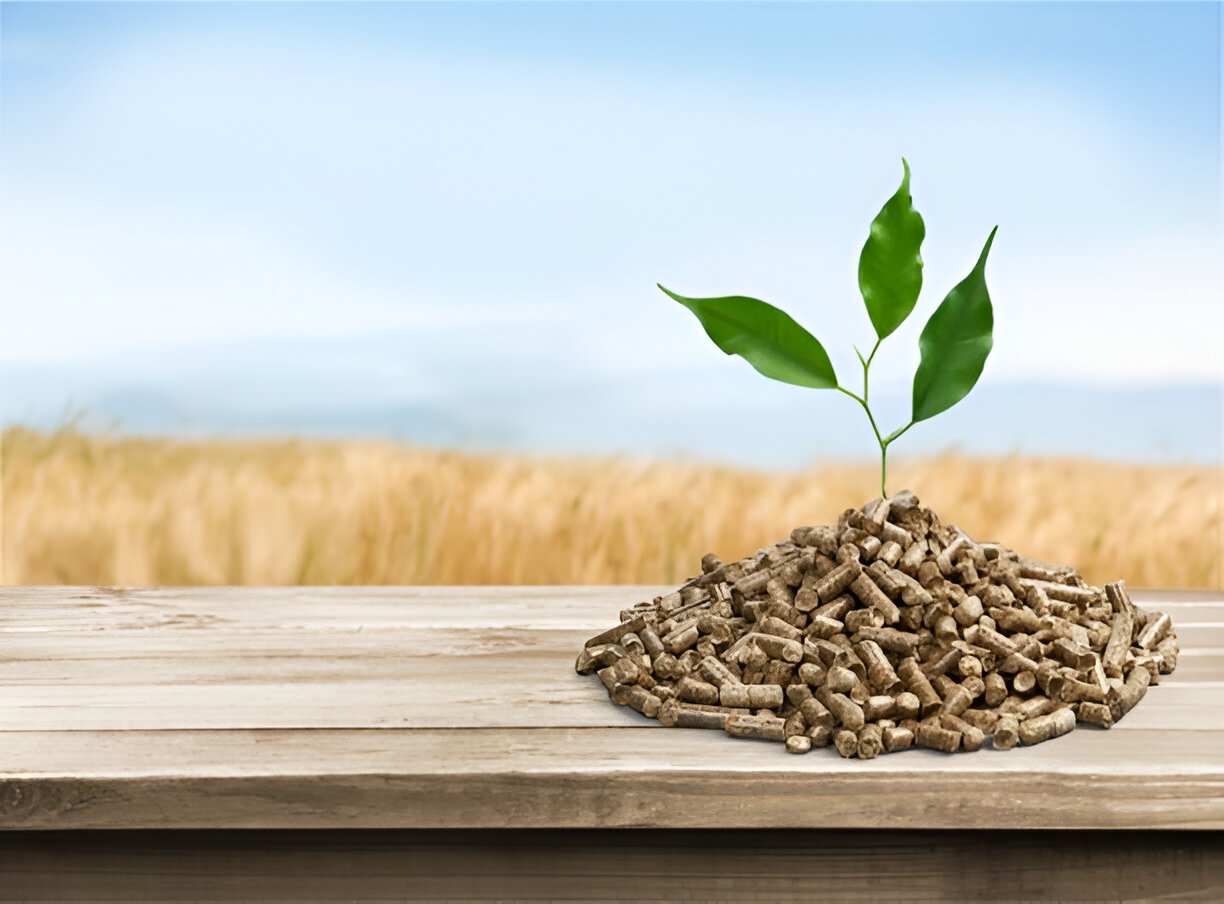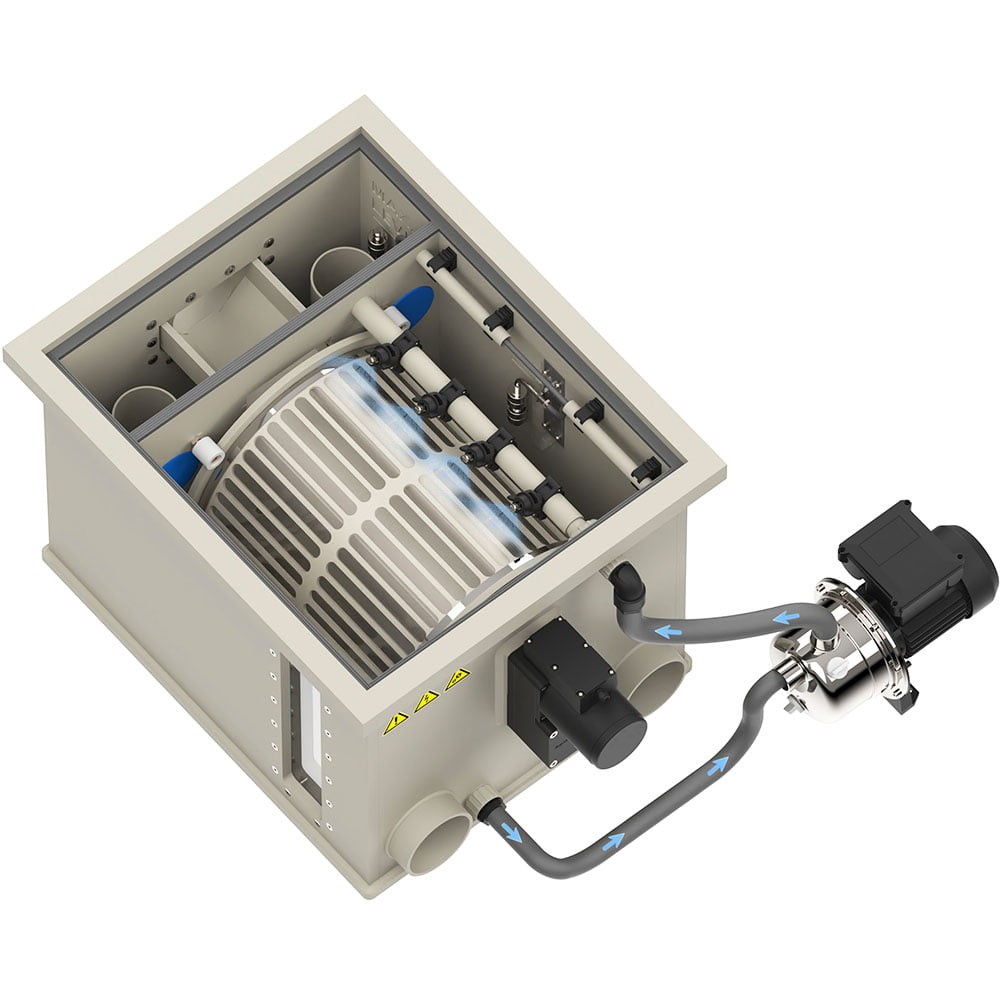All That You Need to Know About Paulownia Biomass
Contents
As far as the earliest fuels that were used by humans, perhaps, timber biomass was one of them, and even today, biomass is one of the main energy sources for more than half of humanity. About 11% to 14% of the world’s energy consumption is obtained from biomass.
At present a lot of focus and growing interest can be seen on sustainable biomass production systems is due to the fact that climate change has become a major concern and there is unpredictability of fossil fuel supply.

What is biomass?
The organic material created by various plants through photosynthesis is known as biomass, and it will consist of things like:
- Animal excrement
- Animal waste
- Organic wastewater
- Plants
In the European Union, Paulownia is a fast-growing tree. You can check out the Paulownia Energy website https://paulownia.energy/fr/ to buy the sapling of these trees. The energy obtained from biomass is a form of solar energy because it is derived from photosynthesis action of the sun.
Its biomass has got applications in many different directions, such as:
1. Perfectly crafted timber that is used extensively in the following:
- Coverings
- Furniture
- Packaging
- Toys
- Veneers
All these are widely utilized in the construction of ships, planes, and other musical instruments.
2. As a source of renewable energy for:
- Biogas
- Pellets
- Wood chips.
- Protein-rich biomass from the foliage is utilized as animal feed.
- Paulownia flowers are abundant in melliferous bioactive compounds and antioxidants.
For the generation of biomass, it is advised to use young saplings from carefully chosen hybrid cultivars of Paulownia fortune and Paulownia Tomentosa.
Read also: Creative Ideas for Using Curtains Beyond Windows
Why Paulownia is used for biomass?
- It has very fast growth, which is up to 7 metre high within a year
- Biomass can yield almost 40 to 60 tons/hectare in an annual rotation
- Biomass can yield 80 tons/hectare within 2 years of the rotation cycle
- While cutting the trees, there is low timber water content
- Environmentally quite safe
- Can absorb 100t/haCO2 annually

Requirements for growing Paulownia
In terms of climatic conditions, it can easily thrive in a variety of settings, from low-temperate to tropical climates. Different cultivars can easily withstand temperatures between -20⁰C and 47⁰C.
Around 27⁰C is the ideal temperature necessary for the proper growth of the required trunk diameter and height. Within its native habitat, there is an annual rainfall range of 500 to 3,000 millimetres.
In those countries, where there is a warm climate, a minimum of 700mm of rainfall will be sufficient during the late spring to early fall, which is the peak growing season. Its growth can be faster in different types of soils, but well-drained soil which is rich in nutrients or well-fertilized will always be preferred.
Within at least a metre of the trunk, weed control should be nearly complete, and the soil needs to be kept trenched. You can continue to cut the weed in the centre of the rows.
Under perfect conditions, these trees can grow to enormous heights, but they will not thrive in any poorly chosen locations or under improper management. It can help you with this process with a thorough consultation and information that you can obtain from the Official Facebook Page of Paulownia Energy.












